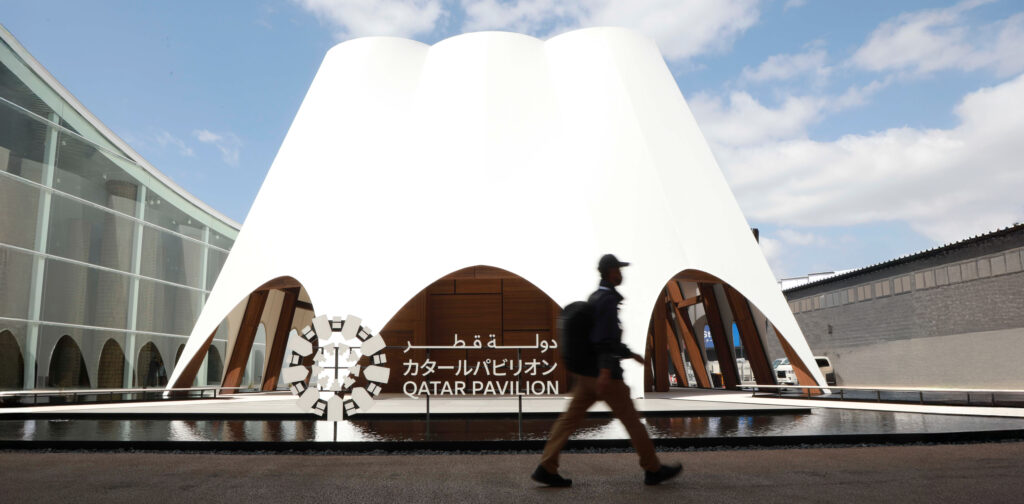The U.S. Army is preparing to implement a plan to reduce its military presence in Syria as part of a broader review of the global deployment of American forces. According to U.S. media reports citing informed officials, the upcoming move involves consolidating the troops currently stationed in Syria over the coming weeks and months, potentially cutting their number in half.
Estimates suggest that around 2,000 U.S. soldiers are currently stationed in Syria, most of them in the northeast of the country. There, they work closely with local Kurdish forces on missions aimed at preventing the resurgence of the so-called Islamic State, which had seized large areas of Syria and Iraq in 2014 before being pushed back in later military operations.
A U.S. official indicated that the reduction could bring the troop level down to about 1,000 soldiers. However, another official expressed skepticism about such a significant drawdown, citing ongoing regional tensions, particularly with Iran. In this context, it was noted that the administration of President Donald Trump has continued to reinforce troops in the region, most recently by deploying fighter jets—including B-2 bombers—as well as warships and air defense systems to bolster military capabilities in the Middle East.
This step comes as U.S. Defense Secretary Pete Hegseth is conducting a comprehensive review of the global stationing of American forces—a review that is expected to include an assessment of the strategic necessity of maintaining a military presence in crisis regions such as Syria.
Israel’s national broadcaster reported last January that U.S. government officials had informed their Israeli counterparts that Washington was considering a partial withdrawal of its troops from Syria. This reportedly caused concern on the Israeli side, especially regarding the balance of power in the region and the fate of the Kurdish forces allied with the U.S.
Although the U.S. Department of Defense (Pentagon) had for years stated that no more than 900 soldiers were stationed in Syria, it acknowledged in December that the actual number was closer to 2,000. These troops are concentrated in areas under Kurdish influence and participate in field operations aimed at curbing Iranian influence and preventing the resurgence of extremist groups.
It is worth recalling that President Trump had already attempted to withdraw U.S. troops from Syria during his first term in 2018. That move led to the resignation of then-Defense Secretary Jim Mattis, who criticized the decision as hasty and warned that it could create a security vacuum that might be exploited by forces hostile to American interests in the region.









